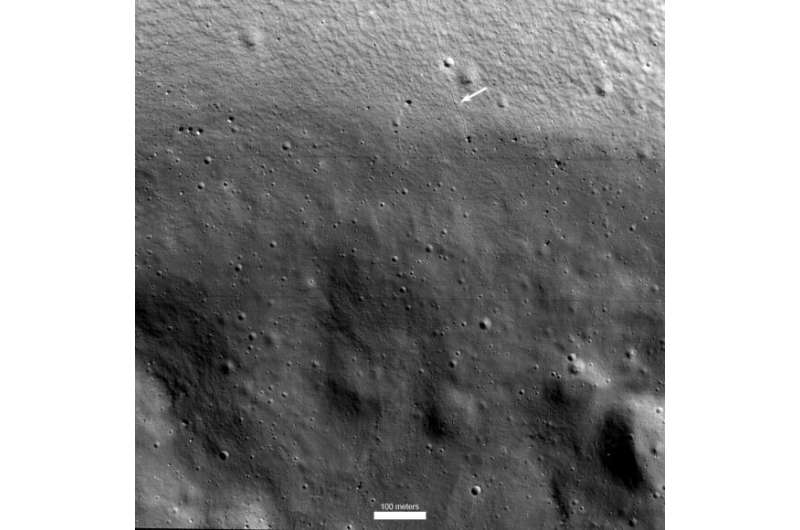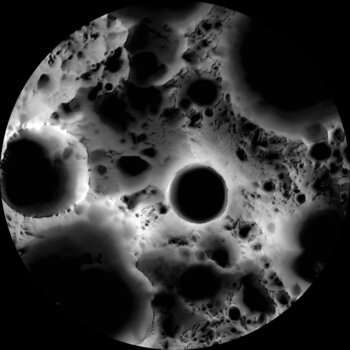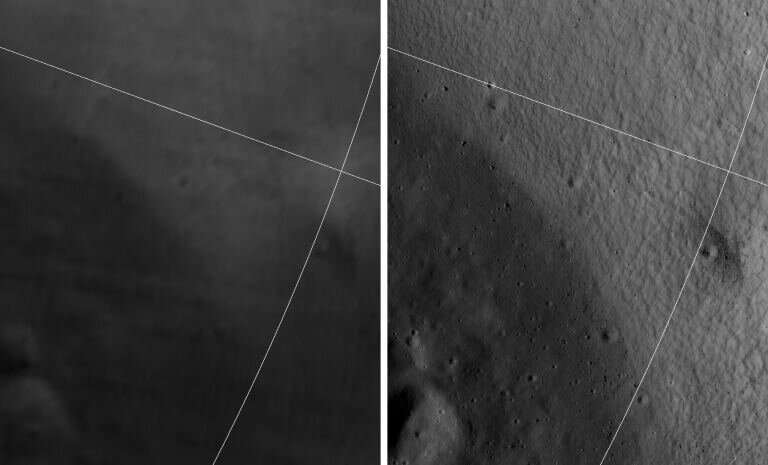ShadowCam is one of six science instruments on board the Korea Aerospace Research Institute (KARI)'s Korea Pathfinder Lunar Orbiter, known as Danuri, which launched in August 2022 and entered lunar orbit last December. ShadowCam's mission is to peer inside these dark craters and determine for sure what lies within, and if the PSRs contain volatiles like water ice—a significant resource for exploration that can be used as fuel or oxygen.
"ShadowCam has the potential to greatly increase our understanding of the quality and abundance of those resources in these regions," said Jason Crusan, Director of NASA's Advanced Exploration Systems Division, in press release from 2017, announcing ShadowCam. "Future missions in deep space will be safer and more affordable if we have the capability to harvest lunar resources."
The ShadowCam instrument has been in an operational checkout period since the spacecraft entered lunar orbit. During the checkout, it has been collecting dozens of images of the lunar polar regions, including an image of Shackleton Crater, to calibrate and test its functionality.
Above, you can see a comparison of an image from the Lunar Reconnaissance Orbiter and ShadowCam of the same region inside Shackleton. The image from the new camera shows considerably more detail inside the crater. Keep in mind, this is just a calibration image.
ShadowCam was developed by investigators at Arizona State University and Malin Space Science Systems and is NASA's contribution to the Danuri mission. The camera is based on the incredibly productive cameras on board the Lunar Reconnaissance Orbiter—in lunar orbit since 2009—but the ShadowCam is 200 times more light-sensitive, allowing it to obtain high-resolution, high signal-to-noise imaging of these PSRs.
While cameras like the Lunar Reconnaissance Orbiter Camera (LROC) were designed to acquire images of sunlit surfaces, ShadowCam's hypersensitive optics should be able to capture detailed images within permanently shadowed regions—even in the absence of direct light—by using the dim secondary light that is reflected off nearby geologic features such as mountains or the walls of craters.
"What does it look like where the sun never shines?" wrote Mark Robinson, the principal investigator for the LROC and ShadowCam. "Well, now we know—in at least one place! This portion of the interior of Shackleton crater does not immediately look different than normally illuminated craters found elsewhere on the moon. The upper twenty percent of the image shows the base of the steep wall, and the rest of the image is of the hummocky crater floor."

Robinson noted the arrow shows the path of a 5-meter diameter boulder that rolled down the steeply sloping crater wall and came to rest on the floor. Boulder tracks are commonly found elsewhere on the moon.
The plan is to have ShadowCam observe the PSRs monthly to detect seasonal changes and measure the terrain inside the craters, including the distribution of boulders.
"Permanently shadowed regions have been a mystery because the perpetually dark interiors are difficult to image and existing research offers varying interpretations regarding the distribution of volatiles within these cold regions," said Crusan.
Following the checkout and calibration period, which should conclude by the end of February 2023, ShadowCam will start its campaign to capture images of shadowed terrain as Danuri routinely passes over them during the planned 11 month mission.

The lunar South Pole is of interest to future human missions because the region has nearly constant communication with Earth. Plus —in contrast to the dark interiors of the craters there—the rims of polar craters are in perpetual sunlight. Base camps could be built on these highly illuminated regions to make use of endless solar energy, and support trips into shadowed regions to mine resources and also to explore. In addition or providing potential resources, layers of ices in PSRs, like Shackleton Crater, may also hold records of what has been happening in the lunar environment for long periods of time.
More information: You can follow the ShadowCam adventure on this NASA blog.
Provided by Universe Today



